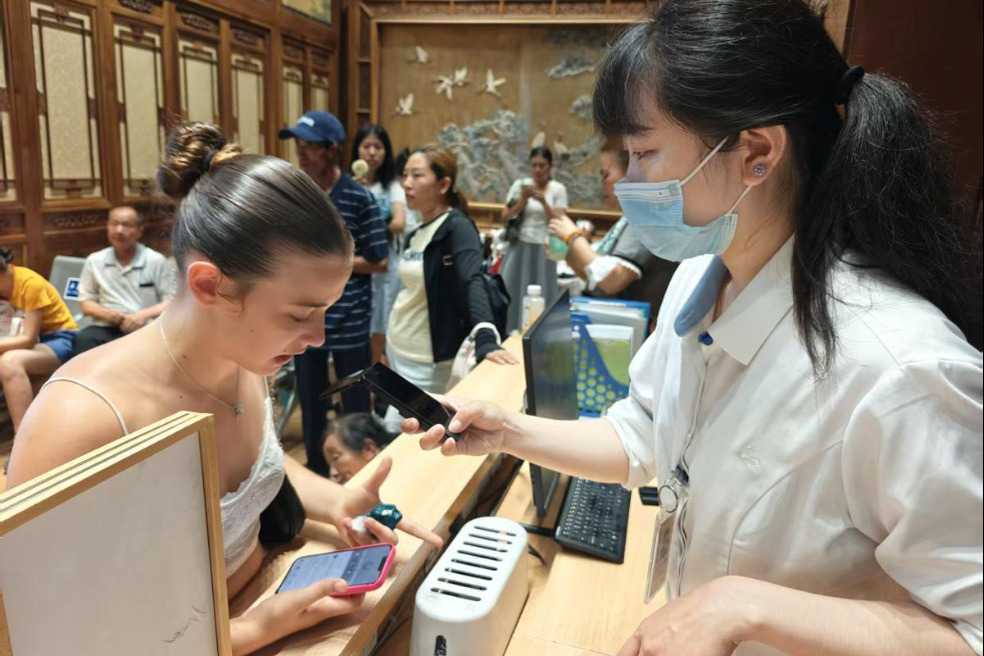World's first universal embodied AI platform launched in Beijing


BEIJING -- The world's first universal embodied artificial intelligence platform that supports multiple body types and scenarios was launched in Beijing Wednesday. It was expected to accelerate the integration of smart technologies into real world and the development of robotics, autonomous driving, and human-machine interaction.
The platform, dubbed "Huisi Kaiwu," was developed by Beijing Innovation Center of Humanoid Robots, which was jointly established by the Ministry of Industry and Information Technology, the Beijing Municipal Government, as well as enterprises and research institutions in the robotics sector.
Embodied AI integrates AI into physical bodies such as robots to enable them to perceive, learn and dynamically interact with the environment like humans. Relying on computation and logical reasoning, it can continuously learn, adapt and complete tasks by perception, action and environmental feedback, thus improving autonomy and practical application in real world.
In addition to humanoid robots, other hardware with interactive capabilities, such as autonomous driving vehicles and wearable devices, can also serve as bodies of embodied AI.
According to Tang Jian, the chief technical officer of the center, it is vital for a humanoid robot to have a "brain," the part capable of natural interaction, spatial perception, understanding of intention, hierarchical planning, and error reflection.
Equally important is a "cerebellum" that can achieve functions such as grasping, skill breakdown and error handling, and is responsible for tasks like full-body control, bimanual collaboration, stable walking and mobile navigation.
The robot can first have its tasks planned by the "brain," then order the "cerebellum" to execute specific actions, and pass the execution feedback back to the "brain," forming a task loop to complete autonomous decision-making and motion execution in complex environments.
Xiong Youjun, the general manager of the center, said that embodied AI is still in its infancy. The industry is in need of a universal intelligent platform that is compatible with different body types and scenarios, and can perform general tasks.
At a launch event on Wednesday, the platform demonstrated real-machine operations in four scenarios: industrial sorting, blocks building, desktop cleaning, and logistics packaging. Through various means such as voice interaction and direct connection via an APP, users can easily interact with the robots.
For example, in the industrial sorting task, the operator directly connected through the HuiSi KaiWu APP, while robotic arms accurately interpreted the voice commands and completed the sorting operation through bimanual collaboration.
Tang said that the "APP plus robot" model packages complex technical capabilities such as reasoning, planning and skill invocation into simple procedures, lowering the threshold for users. Meanwhile, the platform supports the rapid addition of customized models and skills, which can flexibly meet the needs of different scenarios and provide convenient, efficient and intelligent solutions for industrial automation.
The platform can achieve whole-process intelligence from task comprehension to execution. It is capable of processing complex tasks in multiple scenarios and can be compatible with various types of bodies, including robotic arms, wheeled robots, and humanoid robots, he added.
The development of embodied AI has been highlighted in this year's government work report.
Previously disclosed MIIT plans show that China aims to establish a preliminary innovation system for humanoid robots by 2025, with plans to have a secure, reliable industrial and supply chain system by 2027, when related products will be deeply integrated into the real economy.




































